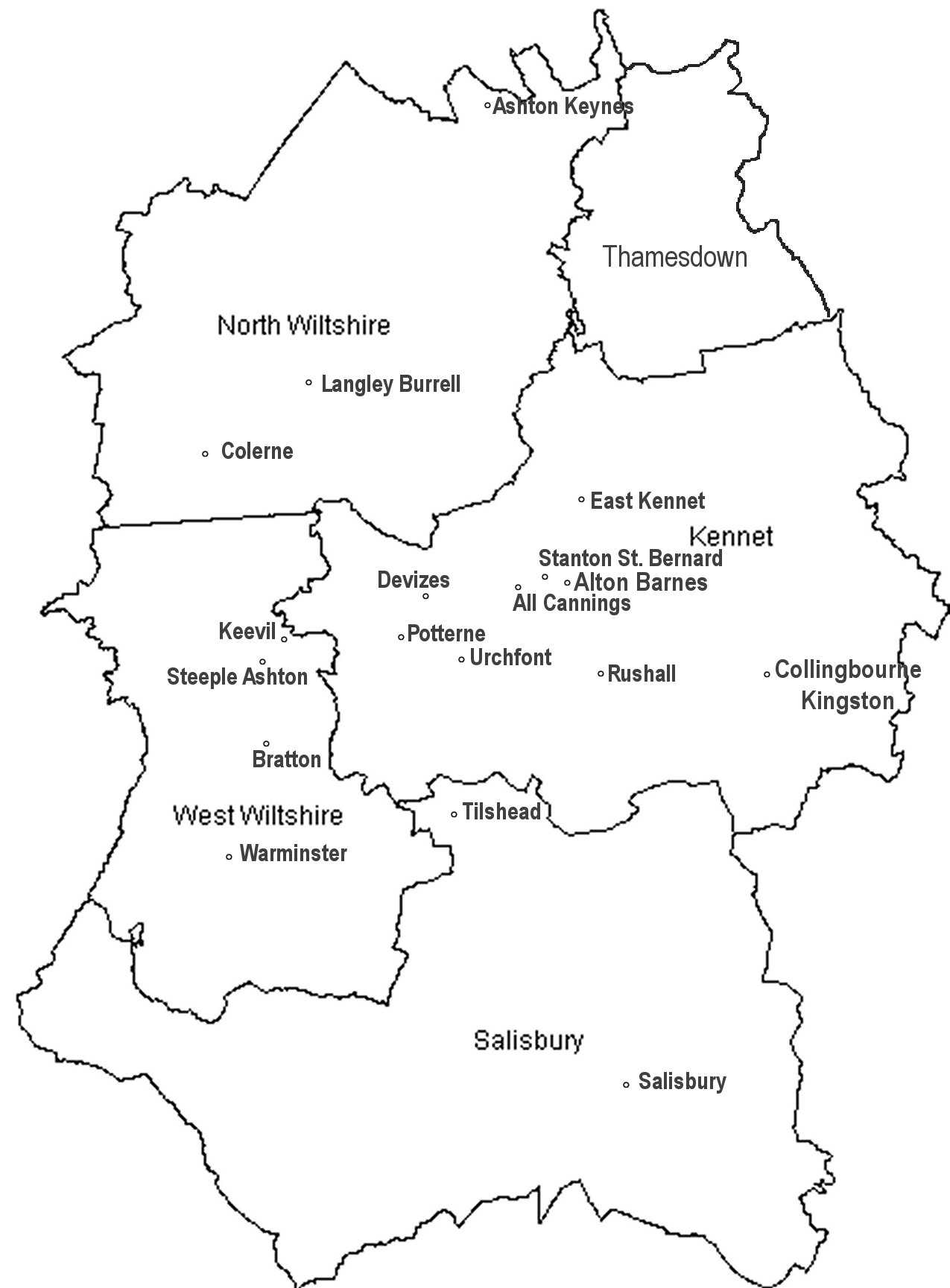Wattle & Daub: Craft, Conservation & Wiltshire Case Study
Contents
Contents
2 History
3 Craft
3.3 Panel Types
3.4 Staves
3.6 Daub
3.7 Decoration
4.1 Soils
4.1.1 Constituents
4.1.2 Plasticity
4.1.3 Strength
4.1.4 Field Testing
4.1.5 Selection
4.2 Dung
4.2.2 Lignin
4.2.3 Urine
4.2.4 Microbial Debris
4.2.5 The Role of Dung
4.3 Fibre
5.2.3 Maintenance
5.3 Repair
5.3.1 Partial Renewal
5.4 Replacement
5.4.1 Brick Infill
5.4.2 Renewal
6.3 Fieldwork
6.5 Evaluation
| Title Page Previous Next | Wattle and Daub in Wiltshire >Fieldwork |
6.3 Fieldwork
The extent of the work was limited by time: two weeks
allocated to preparation, two weeks in the field and one week to assemble
apparatus and perform analysis of daub samples. It was anticipated that coverage
would be limited by the speed at which the county roads could be
traversed.
Preparation included identifying suitable timber buildings and their location. The WBR records were used in conjunction with the list descriptions of listed buildings. Whilst a local dataset would have been preferred, this was not available. However, the ‘Images of England’ web site provides a manner of basic online search.[128] The query used was defined by county and administrative district together with the keyword ‘daub’ in the list description text. This provided a list of buildings that were known to contain wattle and daub at the time of listing survey or resurvey, although due to the limitations of the listing process it was expected that this would represent a small proportion of the buildings in the county containing wattle and daub.
Preparation included identifying suitable timber buildings and their location. The WBR records were used in conjunction with the list descriptions of listed buildings. Whilst a local dataset would have been preferred, this was not available. However, the ‘Images of England’ web site provides a manner of basic online search.[128] The query used was defined by county and administrative district together with the keyword ‘daub’ in the list description text. This provided a list of buildings that were known to contain wattle and daub at the time of listing survey or resurvey, although due to the limitations of the listing process it was expected that this would represent a small proportion of the buildings in the county containing wattle and daub.
 |
[128]
Images of England (2004) is intended as an online photographic record of listed
buildings. However, the system also incorporates the list descriptions of all
listed buildings and, for registered users, searchable fields include building
materials (i.e. ‘timber’), locality, address and free text.
Unfortunately, due to the nature of web pages, the output is ‘flat’
(i.e. the organisation by field name is lost) and the full list description is
only viewable after user input on the individual records retuned by the query. A
dedicated online database of listed buildings was stated by the Department of
Culture, Media and Sport (DCMS) in July 2004 as, ‘Phase One - making the
database available to the general public will take place sometime in
2003’. However, as of 1st August 2004, all references to these plans have
been removed from the DCMS website. The future of an online listing system
therefore seems uncertain.